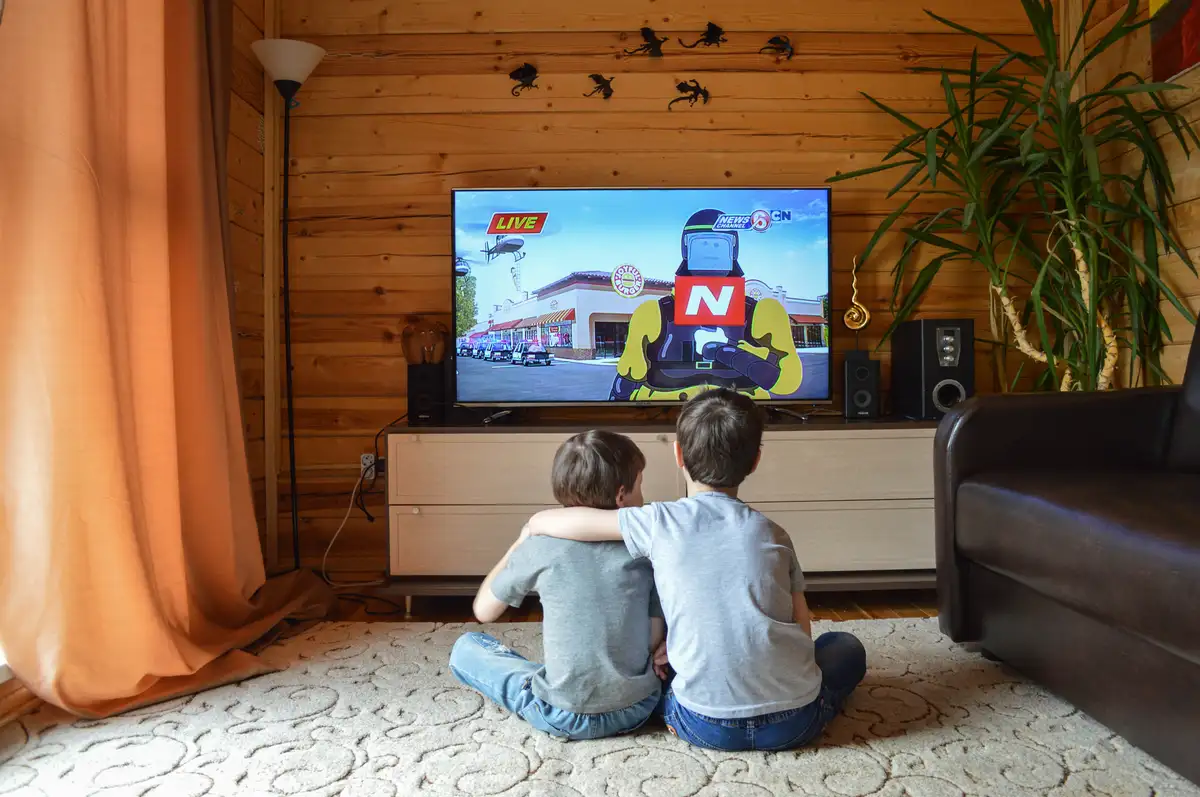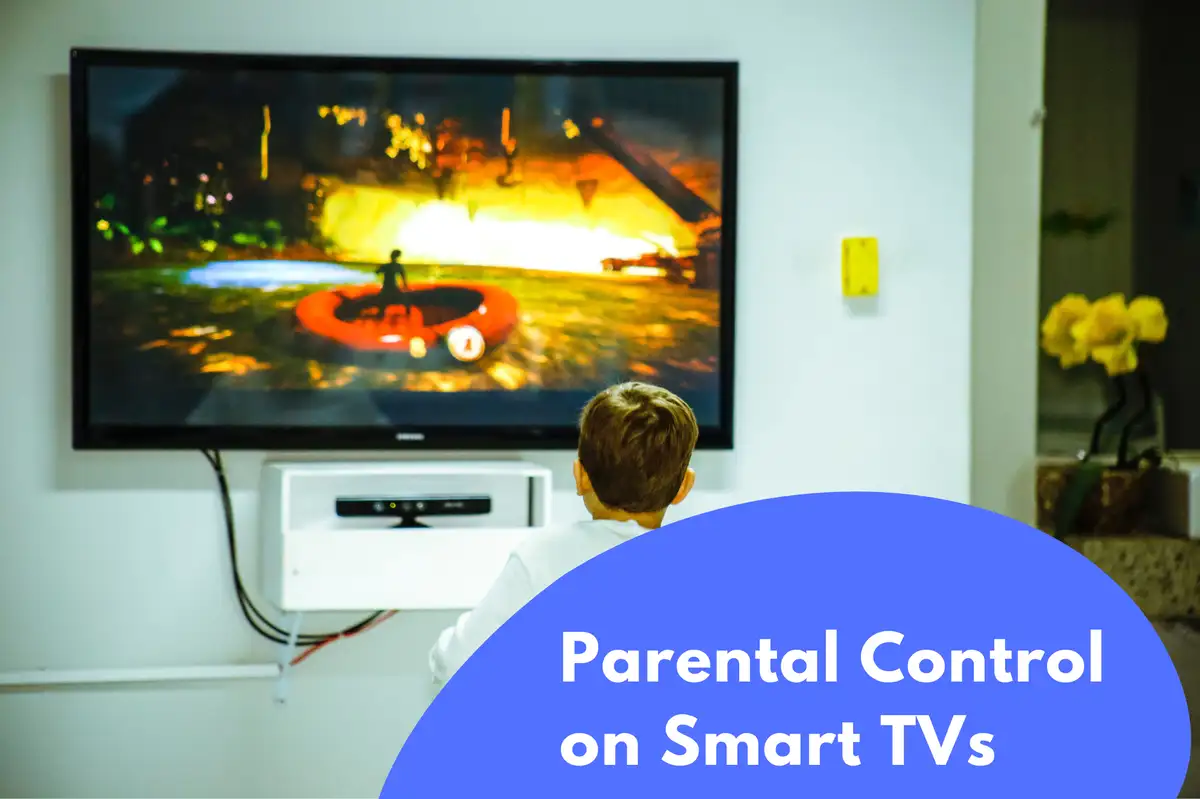Understanding the Risks of Inappropriate Content on Smart TVs
In the vast ocean of online content, not everything is suitable for children. From explicit material to graphic violence and harmful ideologies, the risks of inappropriate content on smart TVs are varied and pervasive.Enabling Parental Control Settings on Smart TVs
The Importance of Parental Control
Protecting children from harmful content and managing their screen time are significant concerns for parents today. Parental control settings on smart TVs can restrict access to certain types of content, thereby ensuring a safe and age-appropriate viewing experience for children.Avosmart: A Comprehensive Solution
Avosmart offers an extensive parental control platform that allows parents to manage not just what their children watch but also when and how much they watch. With Avosmart, parents can set daily limits and customize viewing schedules, thereby effectively managing their children's screen time.Blocking and Filtering Content by Ratings and Categories
Effectiveness of Content Filtering
Blocking and filtering content by ratings and categories is a particularly effective way to ensure that your children are exposed only to age-appropriate content.Avosmart's Role in Content Filtering (Android + Windows)
With Avosmart, parents can block specific apps or websites, thereby limiting the exposure to potentially harmful content. The platform also allows for an effective filtration of content based on ratings and categories.Customizing Viewing Restrictions for Different Family Members
Why Customization is Key
Different children have different viewing needs based on their age and maturity. Customization of viewing restrictions allows parents to cater to these individual needs effectively.

